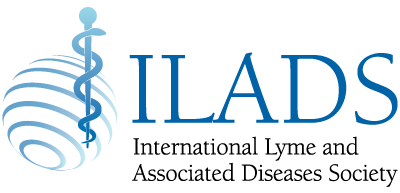Chronic Lyme Disease or Post-Treatment Lyme Disease Syndrome (PTLDS)
Post-Treatment Lyme Disease Syndrome (PTLDS), also known as chronic Lyme disease, is a condition that occurs in some people who have been treated for Lyme disease.
Lyme disease is caused by the bacterium Borrelia burgdorferi and is is primarily spread to humans through the bite of infected ticks, typically black-legged ticks in the northeastern and upper Midwestern United States and western black-legged ticks along the Pacific coast.
However, there have been rare cases of Lyme disease being transmitted through blood transfusions, organ transplants, and from mother to fetus during pregnancy or through breast milk.
It is also theoretically possible for other biting insects such as mosquitoes or fleas to transmit the disease, but there is no conclusive evidence that this actually occurs.
Overall, tick bites are the most common and significant source of Lyme disease transmission to humans.
PTLDS is characterized by a set of symptoms that persist for months or even years after the initial infection has been treated. These symptoms can include fatigue, joint pain, muscle aches, headaches, sleep disturbances, and difficulty concentrating or remembering things.
The exact cause of PTLDS is not yet fully understood, and there is ongoing debate within the medical community about the diagnosis and treatment of the condition. Some experts believe that PTLDS is caused by persistent infection with Borrelia burgdorferi, while others suggest that it may be due to an autoimmune response triggered by the initial infection.
Conventional treatment for PTLDS is focused on managing symptoms and improving quality of life, having us believe there is no cure for the condition. A conventional doctor may prescribe a combination of medications, such as pain relievers or antidepressants, as well as lifestyle changes, such as increasing physical activity or practicing stress-reducing techniques. But this of course is not a treatment that heals the patient. It's merely addressing the symptoms.
TAO Lyme disease specialist have been treating chronic Lyme patients for over a decade with herbal protocols developed by master herbalist Stephen H. Buhner.
Dr. Hinchey advocates acute Lyme be treated with the appropriate prescription anti-biotics within the 4 day window of the infection.
However, if acute Lyme develops into a chronic infection, as it does in an alarming number of cases each year that go undetected or misdiagnosed for a many controversial reasons, then she recommends an individualized approach using functional, naturopathic and herbal medicine to heal the body so that your own immune system can erradicate the infection by making your body inhospitable to it.
Learn more about Dr. Hinchey's Lyme Disease Treatment Approach using herbs to support her Lyme protocols naturally.


